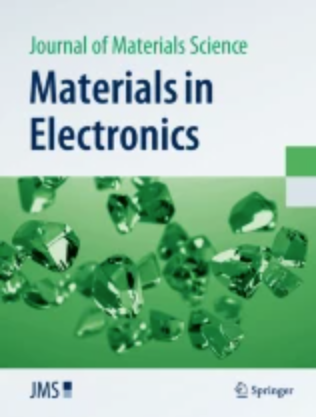Luminescent afterglow and storage behavior in Mg2+/Sr2+-doped C12A7: Tb3+ photo-stimulate phosphors
Abstract
A series of alkaline earth ions (Mg2+/Sr2+)-doped 12CaO·7Al2O3:Tb3+ (C12A7:Tb3+) photo-stimulated luminescence (PSL) phosphors were synthesized via a combustion method combined with heat treatment. XRD Rietveld refinement parameters confirmed that the cage structure undergoes distortion after doping with alkaline earth ions. Photoluminescence (PL) and lifetime spectra indicate that doping induces nanocage distortion in C12A7. PSL spectra demonstrate that this distortion can influence the traps in C12A7:Tb3+, Mg2+ (C12A7:Tb–Mg), C12A7:Tb3+ (C12A7:Tb), and C12A7:Tb3+, Sr2+ (C12A7:Tb–Sr) phosphors. Thermoluminescence (TL) curves reveal that after the incorporation of Mg2⁺ ions, the trap depth and distribution become shallower for trap 1 and deeper for trap 2. Additionally, the half-peak width of the TL peak (trap 1) increases with the radius of the alkaline earth ions (from 45.5 to 84 K). TL curves irradiated by X-rays show that the number of trapped electrons is related to the atomic number of the doped alkaline earth ions. TL spectra at different resting times confirm that the electron trapping process involves filling shallow traps first, followed by deep traps. This study demonstrates that alkaline earth ions (Mg2+/Sr2+)-doped C12A7:Tb3+ represents a promising doping strategy for multi-responsive smart platforms. It is hoped that this work will provide new insights and guidelines for the rational design and performance optimization of electron trap materials.

 求助内容:
求助内容: 应助结果提醒方式:
应助结果提醒方式:


